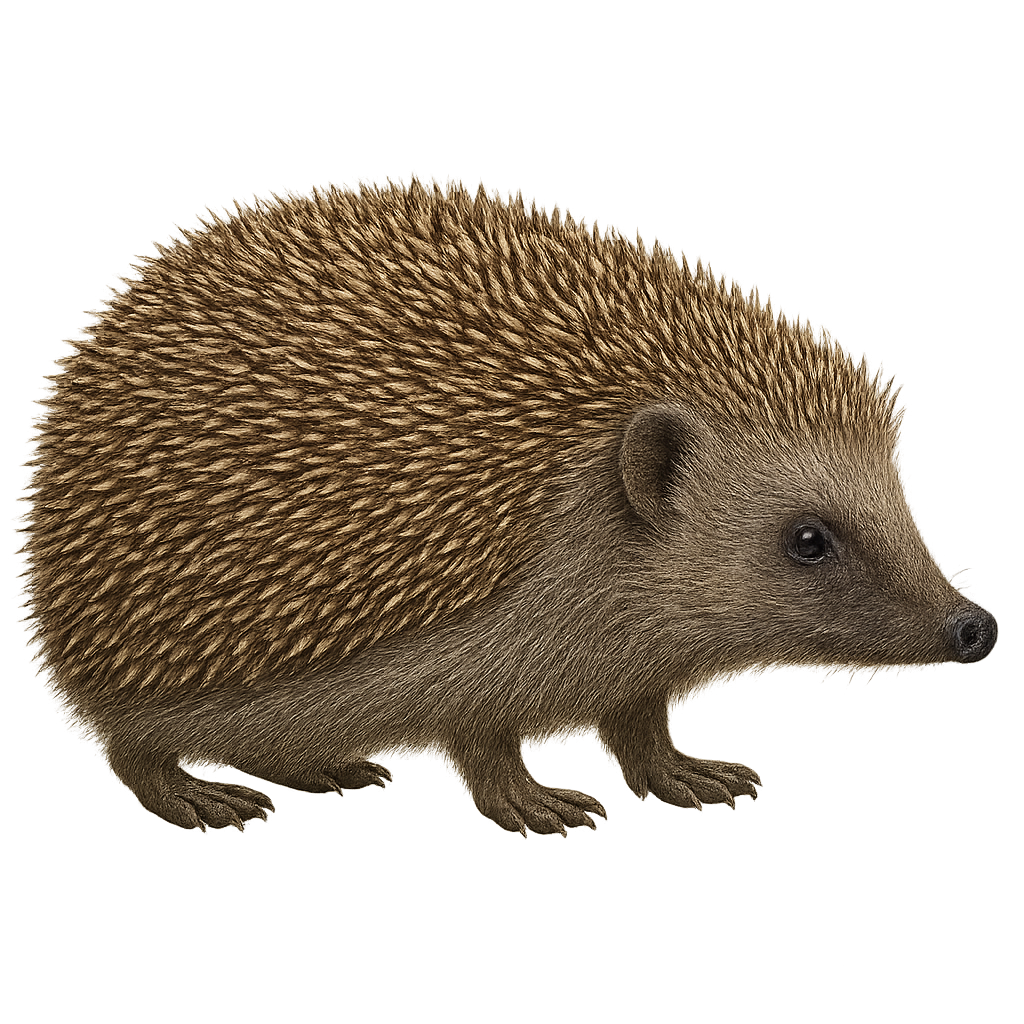Your wildlife photography guide.
Explore the eastern hedgehog in detail, study its behavior, prepare your shots.
Where to observe and photograph the eastern hedgehog in the wild
Learn where and when to spot the eastern hedgehog in the wild, how to identify the species based on distinctive features, and what natural environments it inhabits. The WildlifePhotographer app offers tailored photography tips that reflect the eastern hedgehog’s behavior, helping you capture better wildlife images. Explore the full species profile for key information including description, habitat, active periods, and approach techniques.
Eastern Hedgehog
Scientific name: Erinaceus concolor

IUCN Status: Least Concern
Family: ERINACEIDAE
Group: Mammals
Sensitivity to human approach: Suspicious
Minimum approach distance: 5 m
Rut period: April to July
Gestation: 35-42 jours
Births: May to September
Habitat:
forests, meadows, gardens
Activity period :
Mainly active at night, generally discreet during the day.
Identification and description:
The Eastern Hedgehog, or Erinaceus concolor, is a small insectivorous mammal found primarily in Eastern Europe and Asia Minor. It is recognizable by its stiff spines covering its back, providing effective protection against predators. This hedgehog is nocturnal, spending its days resting in nests made of leaves and branches. It mainly feeds on insects, worms, and sometimes fruits. Although generally solitary, the Eastern Hedgehog can be observed in small groups during the breeding season. It is capable of hibernating during the winter months, reducing its metabolic activity to survive the cold temperatures.
Recommended lens:
Macro – adjust based on distance, desired framing (portrait or habitat), and approach conditions.
Photography tips:
To photograph the Eastern Hedgehog, it is advisable to approach slowly and remain silent to avoid scaring it. Use a macro lens to capture the details of its spines and face. Photograph it preferably at dusk or dawn when the light is soft and it is active. A tripod can be useful to stabilize your camera, especially if working in low light. Be patient and wait for it to move naturally to get authentic shots.
The WildlifePhotographer App is coming soon!
Be the first to explore the best nature spots, track rutting seasons, log your observations, and observe more wildlife.
Already 1 431 wildlife lovers subscribed worldwide

